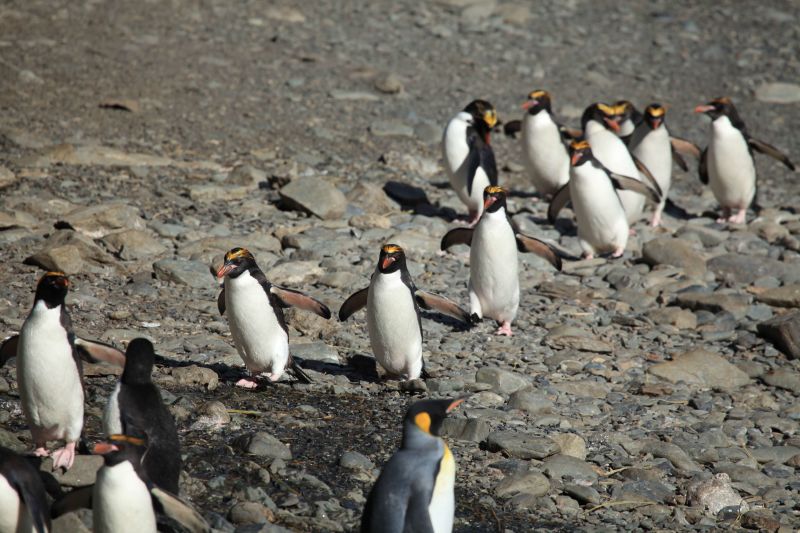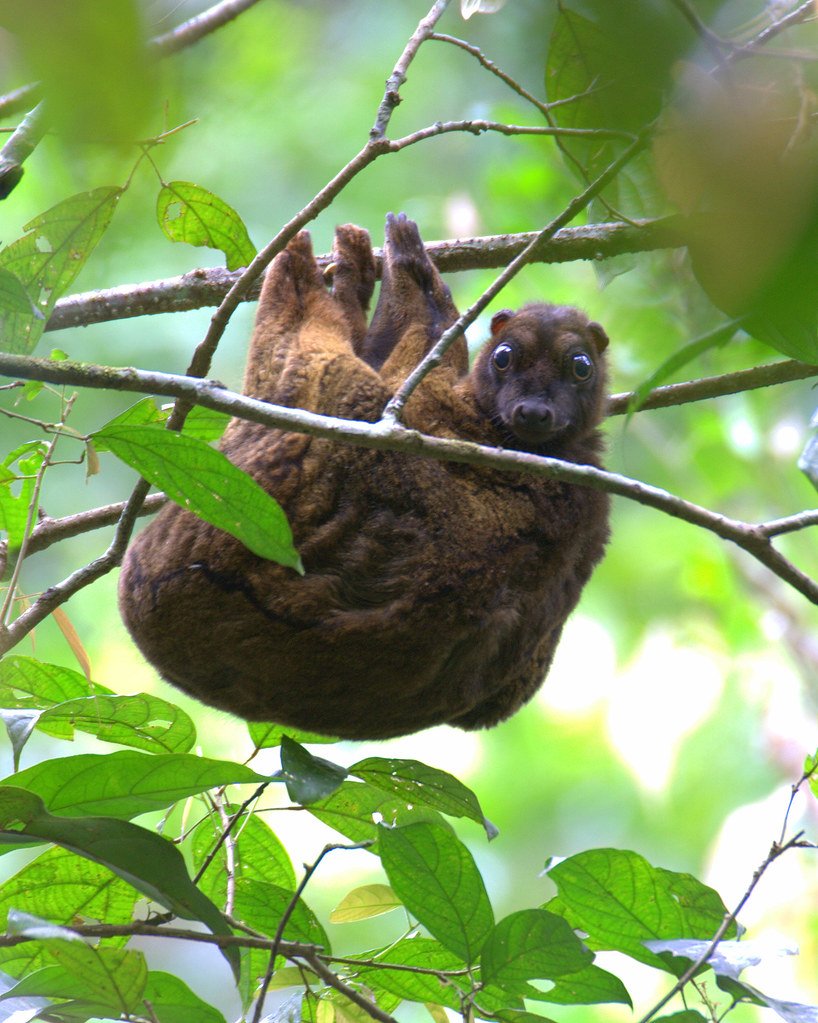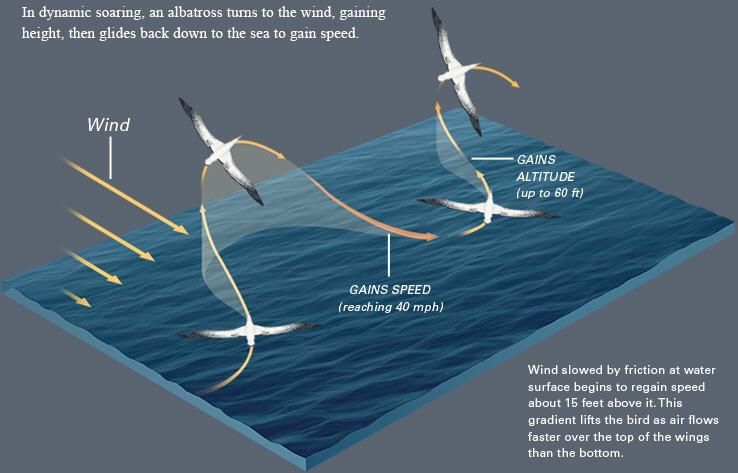
Parasites may gross us out, but they are incredibly diverse and hold ecosystems together
From wasps to viruses, parasites are crucial links in a healthy food web. #Ecosystem #wildlife #biodiversity
nationalgeographic.com/animals/articl…
From wasps to viruses, parasites are crucial links in a healthy food web. #Ecosystem #wildlife #biodiversity
nationalgeographic.com/animals/articl…
parasitism deserves more respect as “an exceptionally successful form of life”. Animals, plants, fungi, bacteria & viruses can all be parasitic, from vampire bats to deep-sea anglerfish, whose tiny males permanently attach themselves to females.
Parasitism is a form of symbiosis—a close relationship between 2 organisms. Some parasites (parasitoids) are deadly to their hosts, many don’t cause major problems. Others will even protect their hosts from other parasites, such as viruses that shield bacteria against antibiotics
Parasites glean nutrients from their hosts in various ways: Some, called ectoparasites, literally drink the blood or eat the skin of their hosts. Others, called endoparasites, set up shop inside their hosts—think tapeworms or botflies.
There aren’t solid estimates on how many parasite species exist in the world, but some experts believe there are far more species of parasite than there are of “free-living” animals—and the majority of parasites are likely still undiscovered.
Leeches, a type of worm, may be the best-known parasites. There are 700 species, but only about half of them suck blood. They live everywhere on Earth except terrestrial Antarctica—but the oceans around the polar continent have leeches with tentacles that resemble grubby fingers.
#Parasites can get even more ingenious than that. Take toad flies, which prefer to live in the nostrils of amphibians, or tongue-eating louses, marine creatures that latch onto a fish’s tongue, one of the few examples of a #parasite literally replacing a host’s organ. 



• • •
Missing some Tweet in this thread? You can try to
force a refresh


























